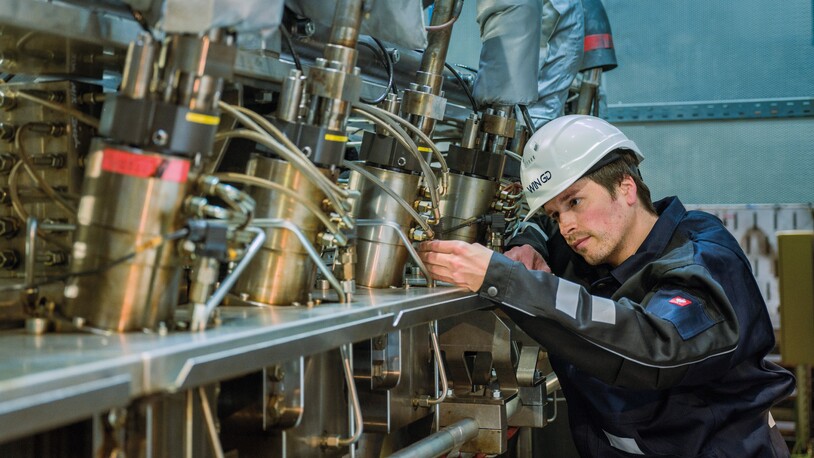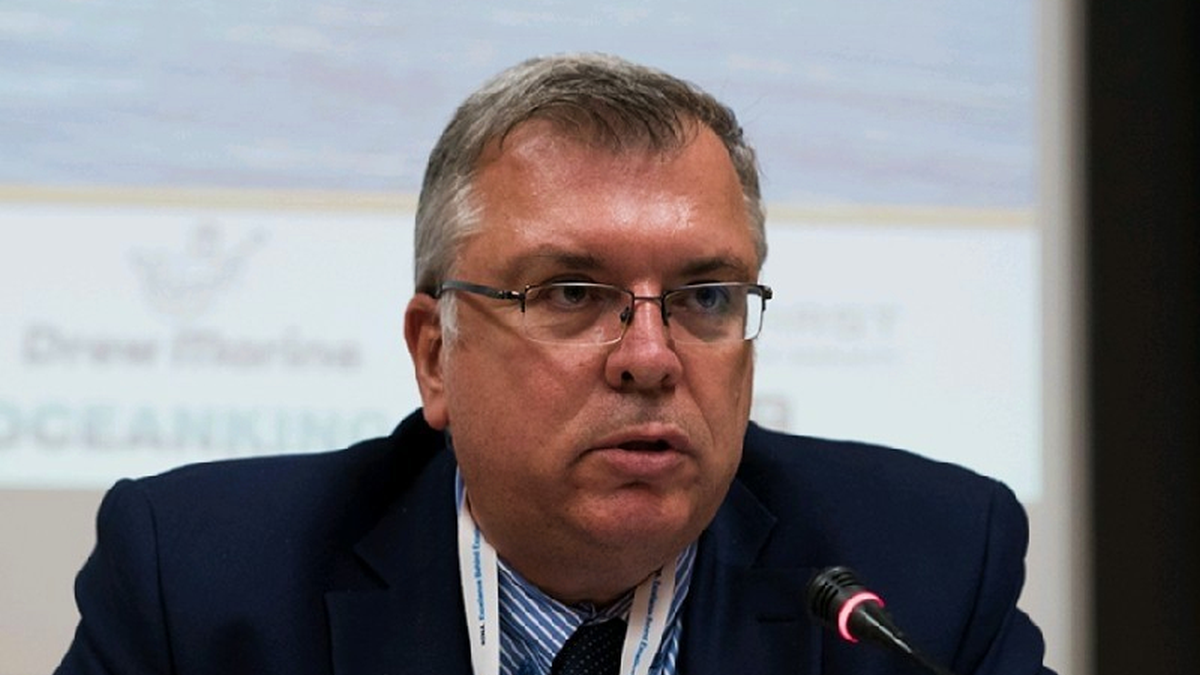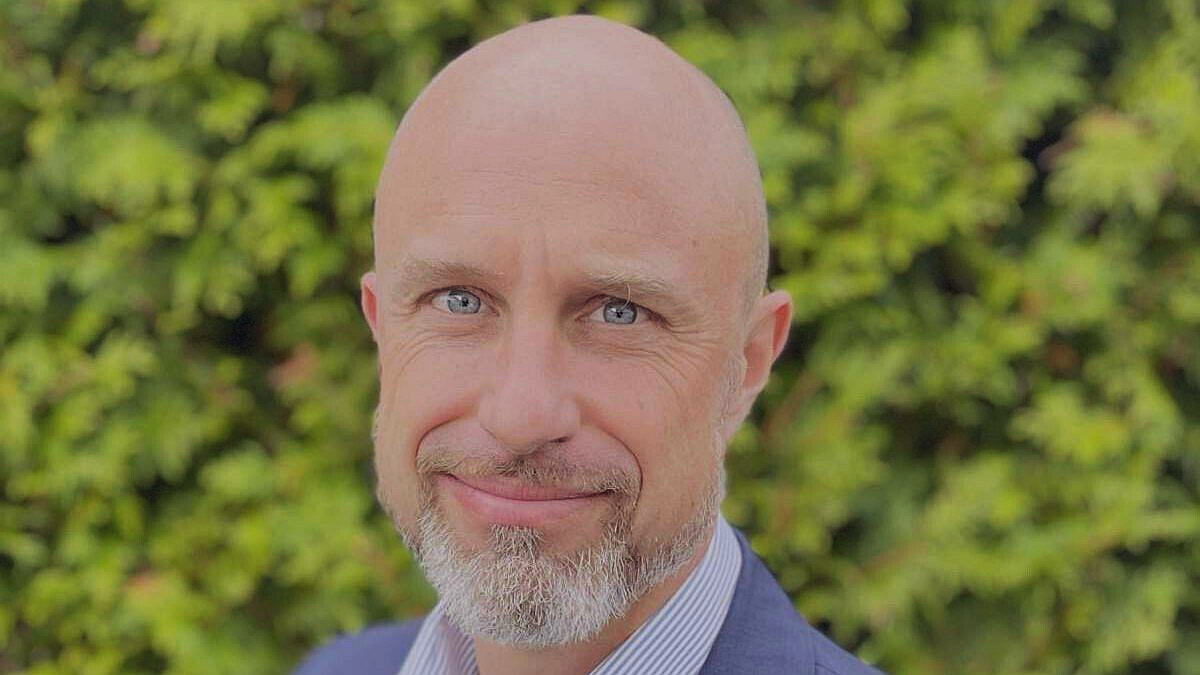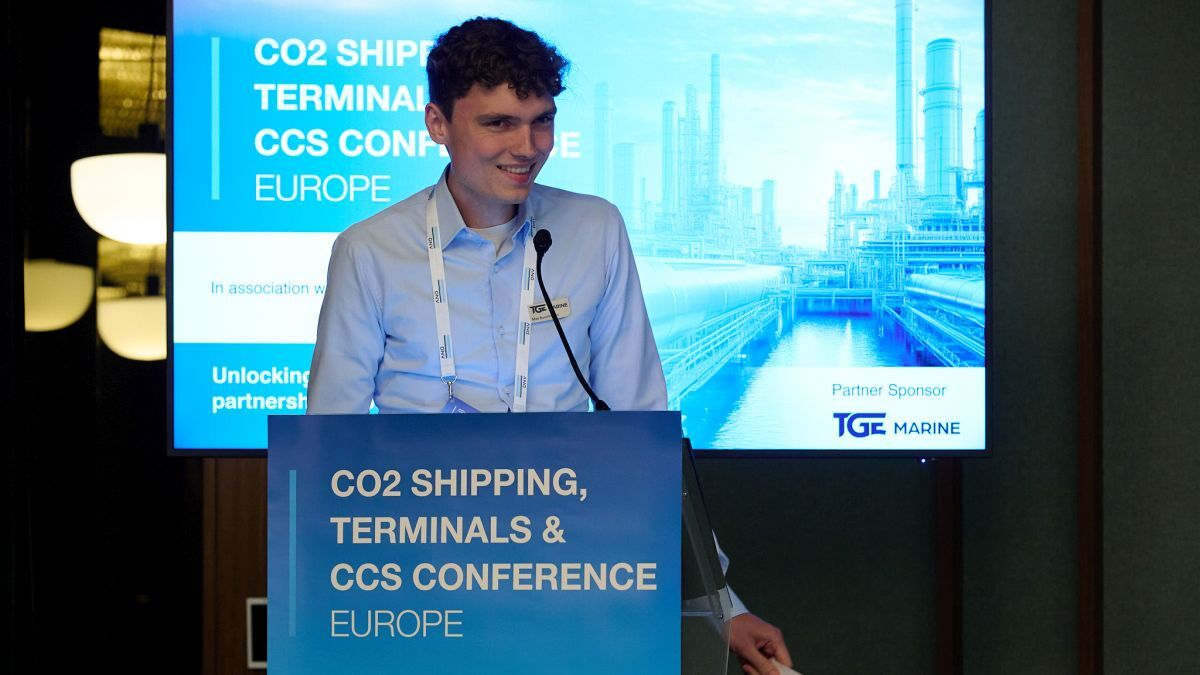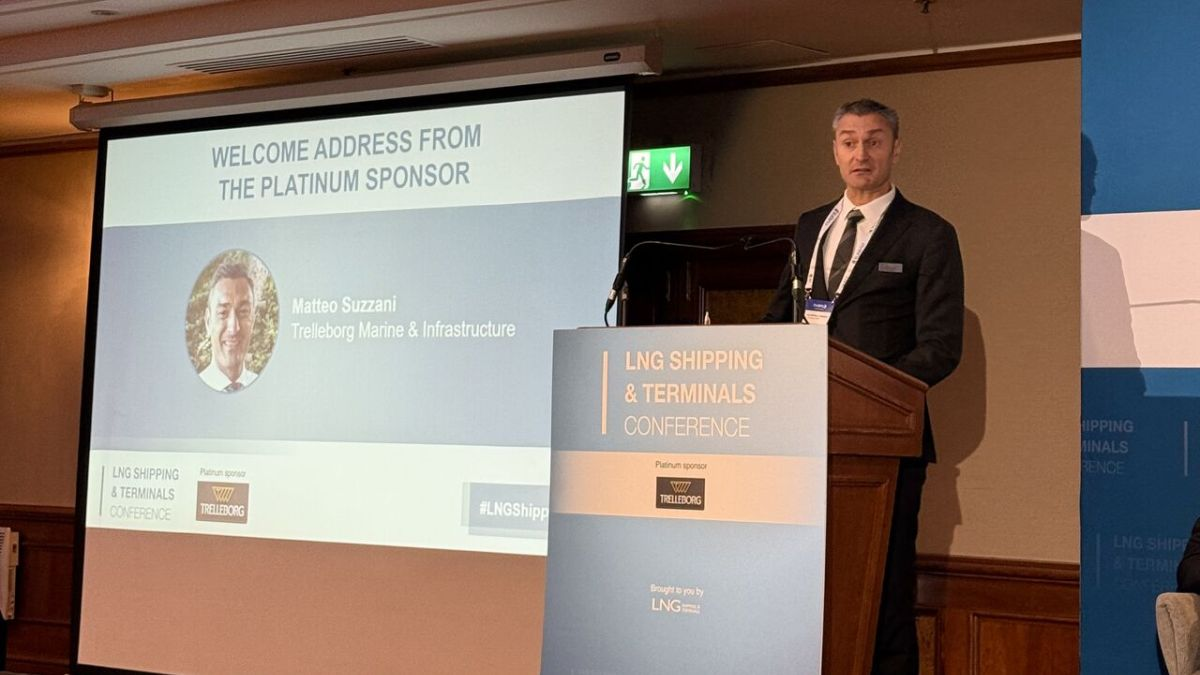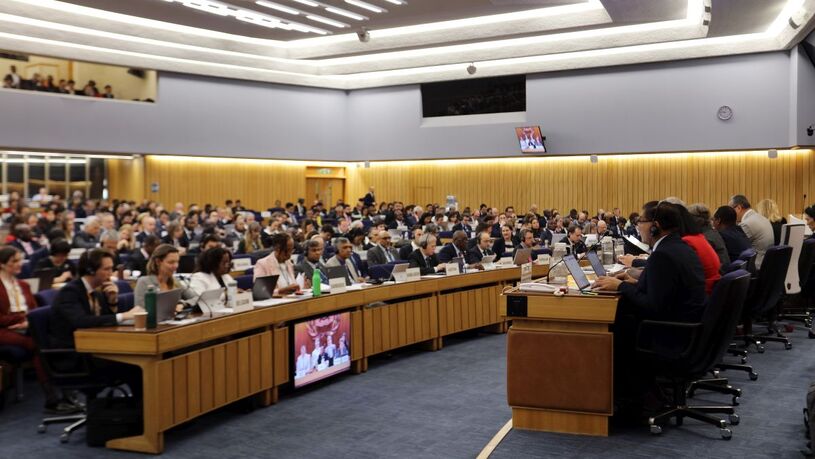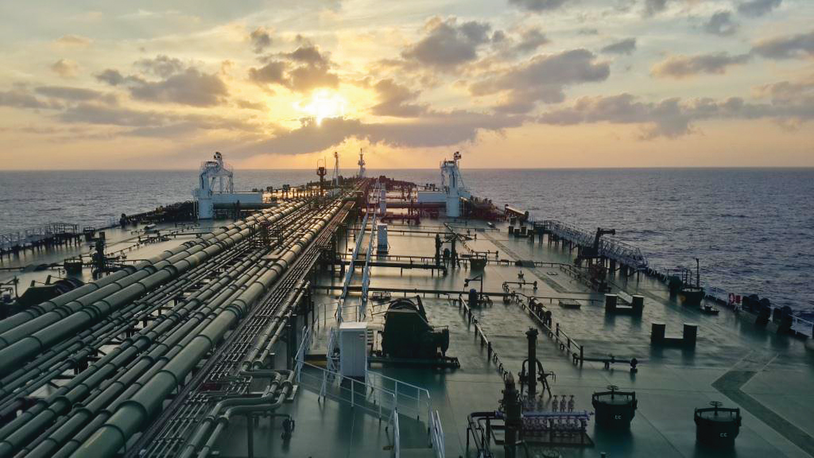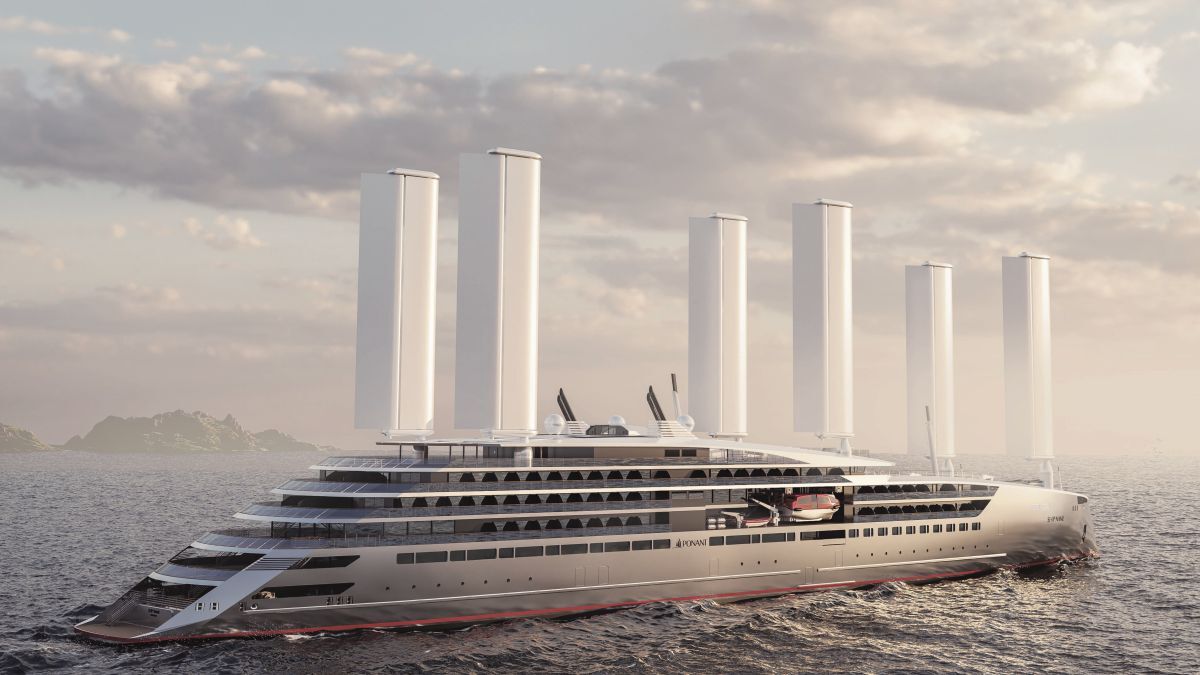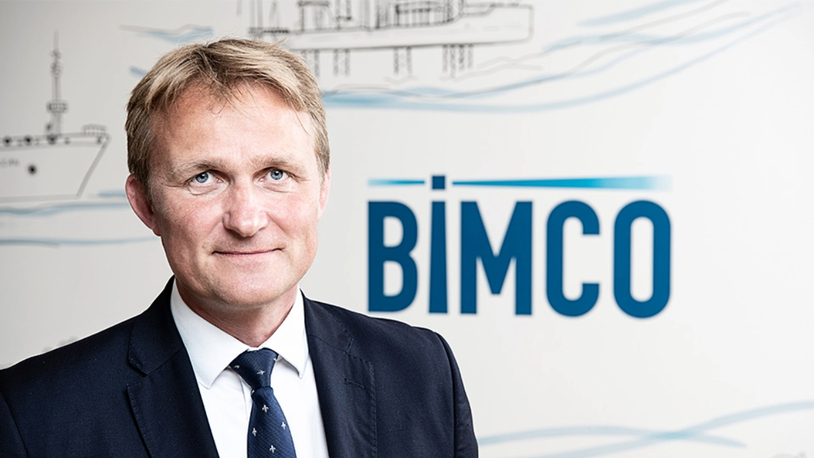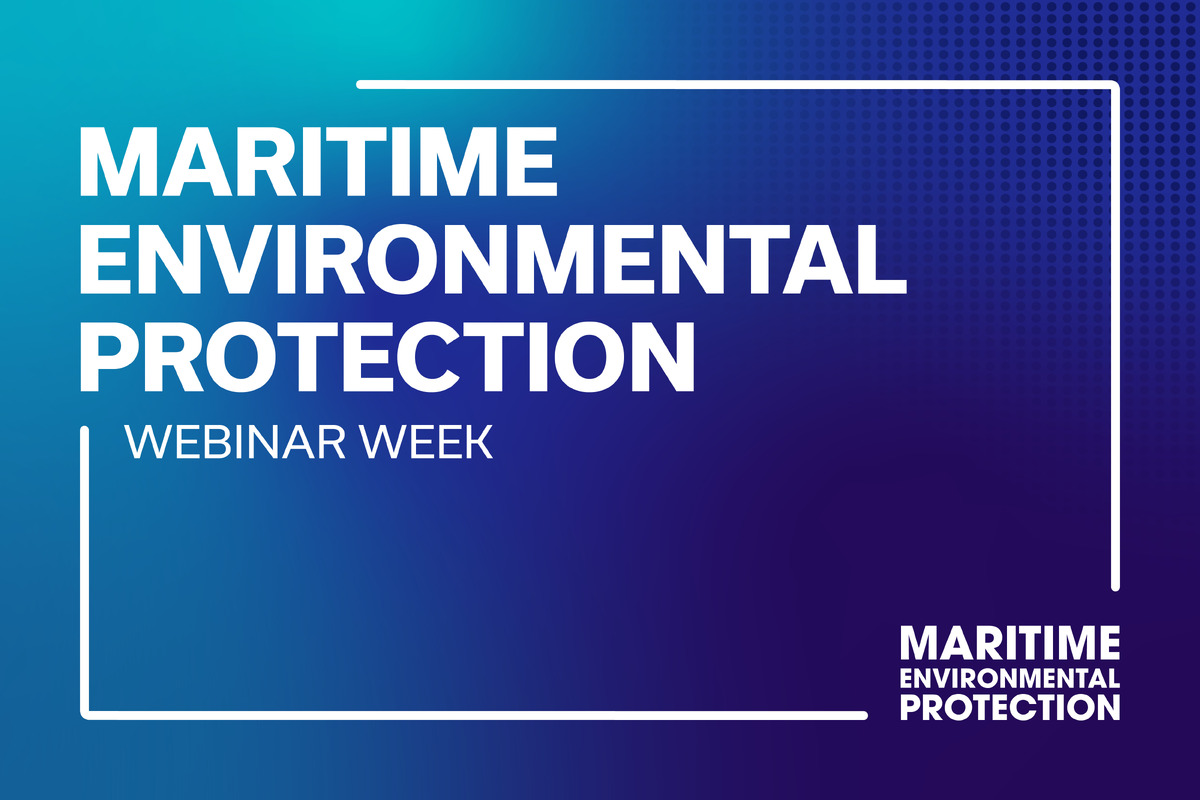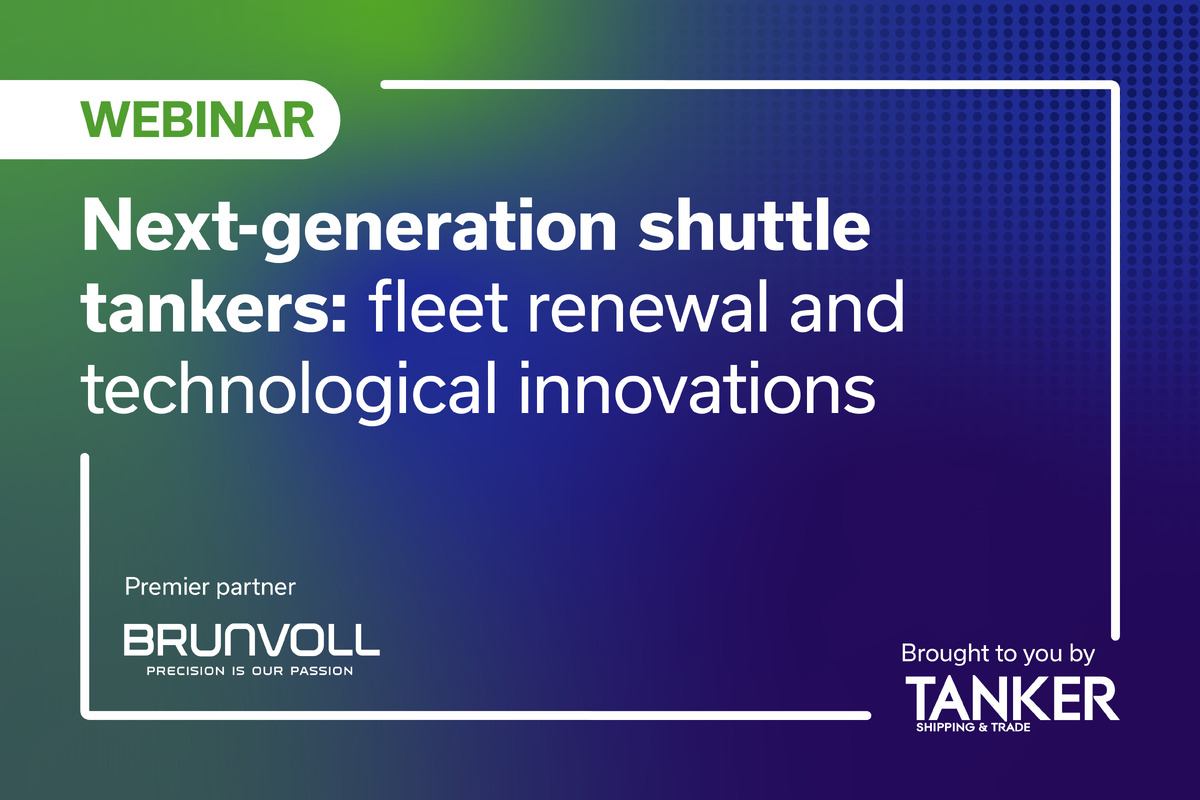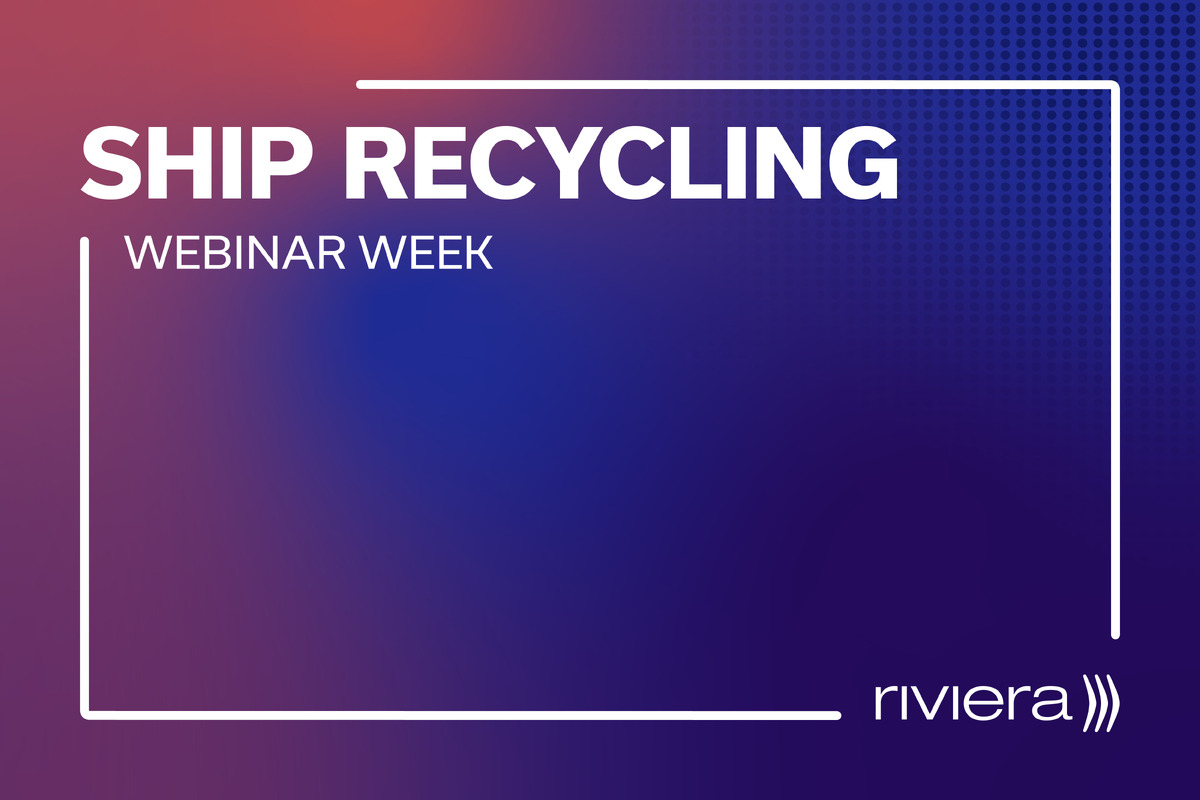Business Sectors
Events
Marine Coatings Webinar Week
Contents
Register to read more articles.
Navigating the regulatory complexities of GHG pricing
In a Q&A with Riviera, Dynacom’s senior manager, Evangelos Adam, warns about inflationary pressures and calls for EU-IMO convergence on global levy
“The emissions levy is not a ’one-size-fits-all’ solution for decarbonization,” says Evangelos Adam, SEEP (Sustainability, Environmental, Energy, Performance) manager at George Prokopiou-backed Dynacom Tankers Management Ltd.
This statement comes about two months after IMO’s Marine Environment Protection Committee’s 81st session (MEPC 81), where heated discussions around a greenhouse gas (GHG) pricing mechanism took place. Meanwhile, the EU has also progressed with the implementation of the EU ETS, its own version of a levy.
Οn the sidelines of the Posidonia exhibition in June, Mr Adam told Riviera that the levy will take a heavy toll on vessels’ daily operational expenses. Inevitably, these costs will be passed on to end-users, leading to higher inflationary pressures within the EU at first, due to the ETS and globally, once the IMO levy is applied.
"We are moving towards disrupting the most efficient and environmentally friendly industry that transports 90% of goods and is responsible for a marginal 3% of total greenhouse gases by inducing uncertainties, complexities, and even safety-related issues," he states.
Dynacom Tankers founder, George Prokopiou, echoed that sentiment at Capital Link’s Maritime Leaders’ Summit at Posidonia 2024.
“There’s great hypocrisy in the world regarding emissions,” said Mr Prokopiou. “Transportation of goods by ships is one of the least polluting and most efficient methods, which is why we ensure most of global trade. We order ships based on what is available with today’s technology. In that aspect, environmentalists and shipowners’ interests are aligned. As a family company we try to order greener ships to save money on the running cost,” he said.
And Mr Prokopiou made the point that slow steaming should have been adopted long ago.
“If we had reduced speed many decades ago, let’s say by two knots, we would have saved millions of tons of CO2, but no one listened to this proposal.”
To navigate today’s “complex regulatory environment,” Mr Adam believes that the EU and the IMO need to converge. “Europe, being a pioneer in regulating the sector, leaves room for convergence if the IMO follows with swift action. As the IMO increasingly moves in this direction, I believe the two bodies will eventually come together in the near future,” he states.
Regarding alternative fuels, they currently do not appear to be a viable solution for the industry’s decarbonisation. “They are not available in sufficient quantities, the infrastructure is not ready and it will take many years and significant investments to develop,” Mr Adam affirms.
Riviera: Following the IMO MEPC 81 discussions, there seems to be a consensus on an emissions levy. What is your assessment of the impact of such a measure on the shipping industry? Is it the needed solution to reduce emissions, at last?
Mr Adam: The emissions levy has been a topic of discussion at the IMO level for some time. Its aim is twofold: to narrow the price gap for alternative fuels; and to create a fund to channel capital into research. However, the levy proposals have fluctuated significantly, from a US$2/ tonne of marine fuel in the past to a US$20-US$150/ tonne of fuel lately, making it increasingly difficult to reach an agreement.
Despite ongoing discussions, a convergence has not yet been reached. Multiple delegations continue to submit their proposals, which will be analysed by a special committee and presented at the next MEPC meeting in October.
“The levy will take a heavy toll on operational expenses”
All proposals share a common goal: to impose an artificial cost on fuels with a heavier environmental footprint, while providing an incentive to invest in "greener" fuels and technologies.
However, the general debate often overlooks the significant impact on the daily operational expenses of shipowning companies. Fuel supply is the largest daily expenditure for vessels. With each tonne of fuel generating about 3 tonnes of GHGs, a US$100-levy would lead to an almost 50% increase in the daily cost of a vessel. This additional cost will inevitably be passed on to end-users, leading to inflationary pressures, as the maritime sector alone services around 90% of global trade.

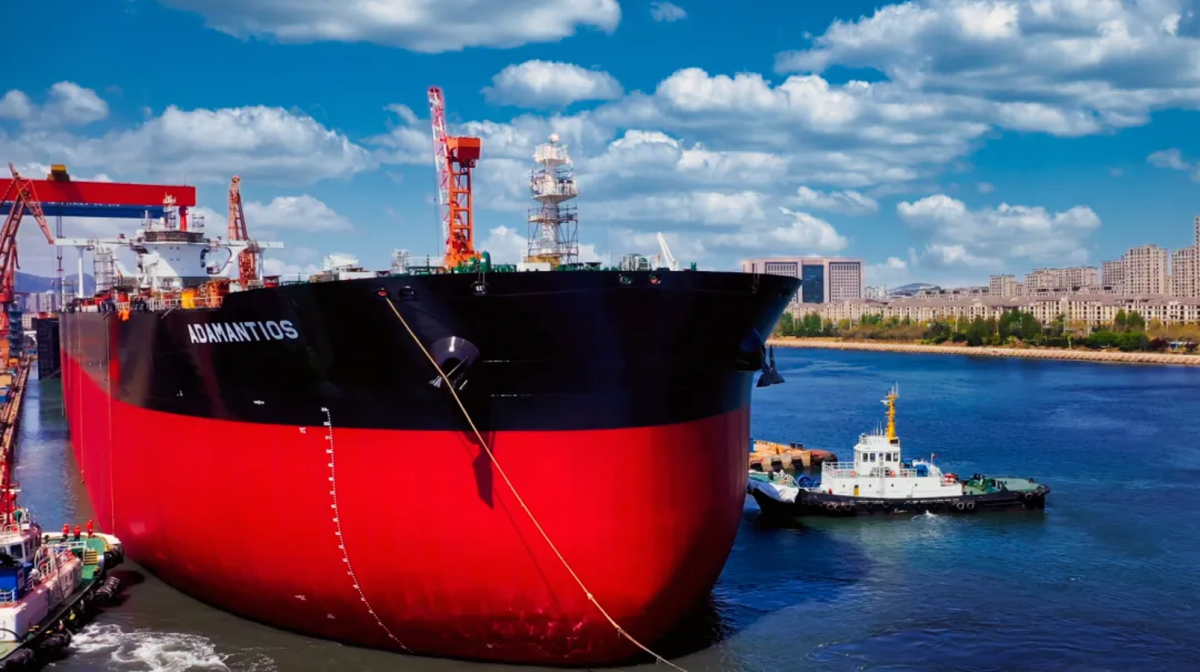
Riviera: This year marked the inclusion of the shipping sector in the EU Emissions Trading System (EU ETS). What has changed for shipowners in terms of cost? Who bears the cost under this system and what is the impact on the consumer?
Mr Adams: The EU ETS has created complexities in both the day-to-day monitoring of emissions and companies’ ability to comply. The price of emission allowances (EUAs) is heavily influenced by external factors such as geopolitical events and weather conditions, leading to significant fluctuations. Prices have ranged from as high as €100 in early 2023 to as low as €50 recently.
Our experience with ships fixed in time charters indicates that most charterers accept the charge and provide the EUAs or the corresponding amount under the “polluter pays” principle.
This measure will undoubtedly increase the cost of transporting goods, prompting charterers to pass this extra cost on to the end-consumer, thus contributing to inflationary pressures. The impact will be lower in 2024 due to the gradual implementation of the reform, with only 40% of the allowances required this year, but it will increase over time.
“The EU and the IMO need to converge”
Riviera: The FuelEU Maritime regulation is coming into force soon. Analysts believe that this regulation will be key for the promotion of alternative fuels within the industry. What is your take on this?
Mr Adam: The new regulation appears to be even more burdensome for the daily operation of vessels than the EU ETS. Shipping entities are being asked to spend a considerable amount to continue using conventional fuels.
FuelEU Maritime favors alternative fuels. However, we must consider that fuels with a lower environmental impact are currently not available in sufficient quantities. The necessary infrastructure is not ready, and it will take many years and significant investments to develop. Costly modifications to vessels’ engines and support systems will be needed, and safety remains a concern until crews are equipped to handle the new fuels without harm.
The availability of seafarers will also be a challenge in the near future. Their skills and knowledge-base must be radically upgraded to cope with different types of engines. Safety cannot be compromised for the sake of performance.
Riviera: Do you believe that the gap between the EU and the IMO can be bridged, leading to a single global regulation for the industry?
Achieving convergence is crucial, as the current regulatory environment is chaotic and increasingly complex. Even experts who have been working on the subject for years find it challenging to keep up.
While the EU’s stance - through the EU ETS and FuelEU Maritime - pushes for immediate action within its jurisdiction, IMO seeks global consensus to ensure uniform standards. A concerted effort is required to “unite” these two bodies and align their objectives and methodologies. We are now operating within a framework with divergent goals and similar (but not identical) measurement and monitoring methodologies. Reaching harmonisation requires open dialogue, mutual recognition of the efforts being made, and flexibility.
Europe, being a pioneer in regulating the sector, leaves room for convergence if IMO follows with swift action. As IMO increasingly moves in this direction, I believe the two bodies will eventually come together in the near future.
However, the financial factor and resource management may create barriers in the agreement on a unified regulatory framework. Logic and a focus on common goals should prevail over commercial interests.
Riviera: What is the owners’ strategy towards reducing the environmental footprint of their fleets amid these complex regulatory conditions? Given the ambiguity in the alternative fuel sphere, is it more beneficial for owners to order newbuildings or to improve the energy efficiency of existing vessels?
Mr Adam: Shipping companies are implementing a multi-faceted strategy to reduce their environmental footprint, balancing investments in new, “greener” vessels with optimising existing tonnage.
We often forget that the core of our operations remains the production of transport work at the lowest possible cost. In other words, our objective is to achieve the least possible fuel consumption and, therefore, the least possible emissions. Owners have always utilised available proven solutions to limit their expenditures. These solutions include enhancing the energy efficiency of existing vessels through technical means, such as specific fuel consumption improvements, advanced hull coatings, or more efficient propellers, as well as adopting operational measures like route optimisation and speed reduction. These solutions are always weighed against efficiency results and the expected ROI, in combination with the vessels’ age profile.
I believe that a mix of renewing the fleet with newbuildings and improving active tonnage with available solutions is the way forward for a shipping entity. In this new "green" era, there is increased interdependency between fund allocation and fleet eco-efficiency. The course of action for an owner to reduce their fleet’s footprint depends on the total final cost and the ability to raise and allocate funds. However, the ability to raise these funds is impacted by the environmental performance of a vessel, as reflected in its GHG rating and adopted ESG practices.
Monitoring new developments is also essential. It comes as no surprise that shipping companies are increasingly creating separate, specialised departments tasked with keeping a close eye on vessels’ performance data and the impact of the regulatory framework on day-to-day operations.
Related to this Story
Events
Marine Coatings Webinar Week
Maritime Environmental Protection Webinar Week
Ship Recycling Webinar Week
© 2024 Riviera Maritime Media Ltd.

